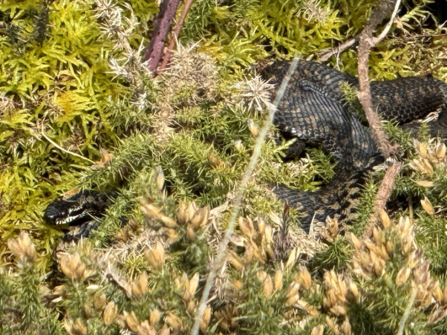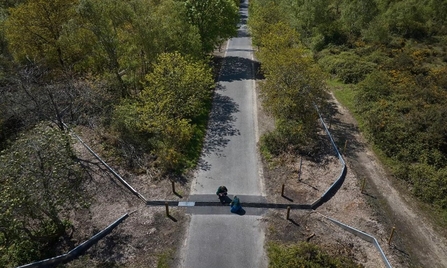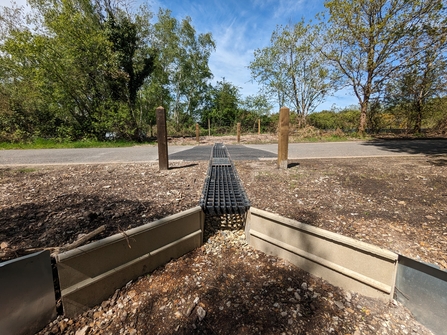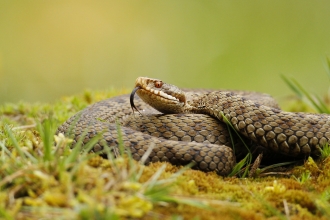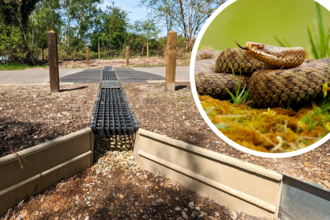At Greenham and Crookham Commons in West Berkshire we are lucky to have one of the best populations of adders in the county. These beautiful snakes are often maligned, being the UK’s only venomous snake. This could not be further from the truth as, despite being venomous, these snakes are shy and very sensitive to disturbance. They would always prefer to get away rather than attack.
Sadly, they really are in trouble with populations in decline across the UK. “Make the Adder Count”, a report collating surveys from many sites concluded that without immediate help, adders could be restricted to only a handful of sites in just 10 years’ time, with all other sites highly vulnerable to local extinction.
One of the main threats to adders is population fragmentation where groups can no longer mix and breed together. This causes issues with inbreeding and a reduced ability to adapt to sudden changes on site. Small populations can easily be wiped out with no way of numbers recovering as snakes can’t move in from elsewhere.



